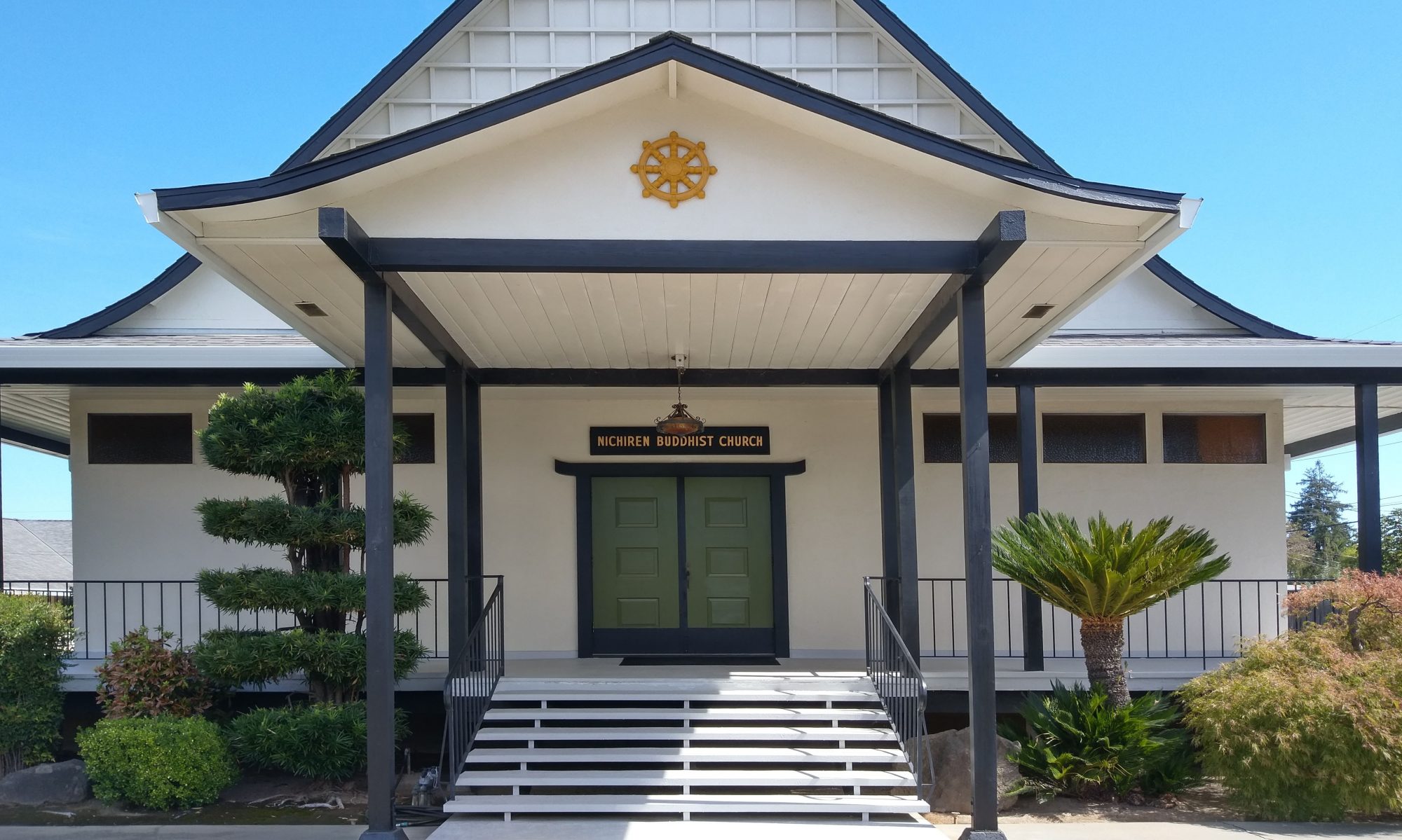 This book was published in 1968 by the Rev. Eisen Hoshino, Jitsujoji, Jimokuji, Ama-gun, Achi-ken, Japan, and made available through the Young East Association of Tokyo.
This book was published in 1968 by the Rev. Eisen Hoshino, Jitsujoji, Jimokuji, Ama-gun, Achi-ken, Japan, and made available through the Young East Association of Tokyo.
From the forward by Senchu Murano, Professor of Buddhism, Rissho University, Tokyo:

The difficulty in translating Japanese Buddhist classics lies in that some stock phrases, which were taken for granted by the writer as well as by the readers of the time, but are not intelligible to the modern readers, are exuberantly used therein. We can explain the meaning of these phrases, but cannot use the literal translation of them in the text without destroying the style and force of the writing. The translation of these phrases to be hoped for at most is a partial explanation of them at the sacrifice of the other meanings involved in the original words.
One thing I wish to call attention to in connection with this translation is that I did not italicize the word Lotus Sutra for the purpose of retaining the meaning of the word as interpreted by Nichiren. According to him, the Lotus Sutra is not only the name of a sutra. Sometimes it is treated as the name of the truth revealed in the sutra, and at other times it is personified or even deified.
We have very few materials for the study of Nichiren available in English, although many people wish to know about the first Japanese Buddhist monk to be persecuted because of his faith. My joy will be boundless if this book serves as a foothold for more study of Nichiren Buddhism, which cannot be disregarded in the religious field of the world of today.
The Rev. Hoshino is very good at Japanese painting as well as Japanese ideography. The picture of the cover of this book is one of the masterpieces of his.
Contents
- Chapter 1. Tolerance and Intolerance
- “To Sow the Seeds of Buddhahood” – Criticism on the Government – Criticism on Buddhism of the Day – Tolerance and Intolerance
- Chapter 2. The Rissho-ankoku-ron
- Prophecy of Foreign Invasions
- Chapter 3. Persecutions
- The Hermitage Burnt – The Exile to the Province of Izu – The Komatsubara Incident
- Chapter 4. Kublai Khan
- Temples of Kamakura in the Time of Nichiren – Letter from Kublai Khan
- Chapter 5. The Tatsu-no-kuchi Incident
- Interview with. Nagasaki Yoritsuna-Nichiren Arrested
- Chapter 6. The Exile to Sado Island
- A Civil War – The Disciples of the Original Buddha
- Chapter 7. The Go-honzon
- The Eternal Buddha – The Pure Land of the Eternal Buddha – The True Object of Worship – Nichiren Pardoned
- Chapter 8. The Mongolian Invasions
- The Return to Kamakura – The Seclusion in Mt. Minobu – The First Mongolian Invasion – The Second Mongolian Invasion
- Chapter 9. The Salvation of the World
- Advices to His Followers
Download PDF copy of this book


You must be logged in to post a comment.